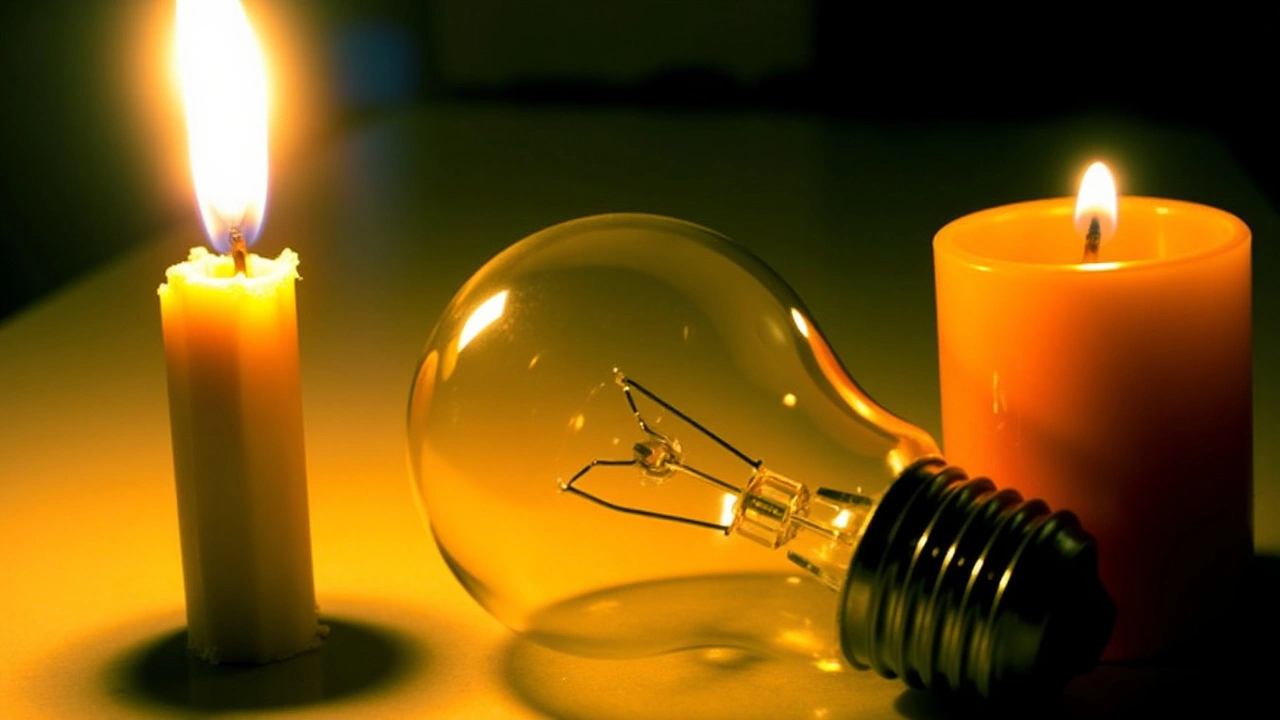Electricity Tariff Updates You Need to Know
Electricity tariffs are on everybody’s mind these days. Whether you’re paying a monthly bill in Johannesburg or watching the meter roll over in Lagos, the cost of power influences how you budget, work, and even relax at home. In this article we break down what’s driving tariff changes, how they hit different users, and what you can do to stay ahead of the curve.
First off, tariffs aren’t set in a vacuum. Governments, regulators, and utility companies all play a part. In South Africa, for example, the National Energy Regulator (NERSA) reviews rates every few years, weighing fuel costs, infrastructure upgrades, and inflation. When coal prices jump or new renewable projects need funding, the next tariff hike can feel inevitable.
Why Do Electricity Tariffs Rise?
There are three big reasons you’ll see a higher number on your bill:
- Fuel and generation costs: If the price of coal, gas, or imported electricity goes up, utilities pass part of that cost onto customers.
- Network upgrades: Aging grids need new transformers, smarter meters, and better lines to keep the lights on. Those investments are bundled into the tariff.
- Policy goals: Many African nations are pushing for more clean energy. Subsidies for solar or wind can raise short‑term rates but lower long‑term dependence on expensive imports.
Understanding these drivers helps you see that a tariff hike isn’t just a random decision – it’s often a response to real market pressures.
How Tariffs Impact Households and Businesses
For a family that runs a small air‑conditioner, a 10% increase might mean an extra R200 a month. For a factory that runs 24‑hour production lines, the same percentage could add thousands of rand to operating costs. That’s why many businesses lobby regulators for time‑of‑use pricing, which charges less during off‑peak hours.
Consumers can also benefit from tiered tariffs. In many countries, the first 100 kWh are cheap, encouraging energy‑saving habits. Once you cross that threshold, the price jumps. Simple steps like turning off standby devices, using LED bulbs, and running appliances at night can keep you in the lower tier.
Another tip: keep an eye on your utility’s billing cycle. Some providers offer prepaid plans or budget‑billing that smooths spikes over the year. If you’re on a fixed‑rate plan, you might be insulated from short‑term market swings, but you could miss out on lower rates when fuel prices drop.
Finally, stay informed about regional policies. In Kenya, the recent push for solar mini‑grids has introduced net‑metering, letting households sell excess power back to the grid. In Nigeria, the Electricity Regulatory Commission (ERC) is reviewing a new tariff structure that could lower commercial rates while increasing residential ones.
Keeping track of these changes doesn’t have to be a chore. Sign up for alerts from your regulator’s website, follow reputable news outlets, and check your monthly statement for any new charges.
In short, electricity tariffs reflect a mix of market forces, infrastructure needs, and policy goals. By knowing why rates move, how they affect you, and what actions can lower your bill, you turn a confusing topic into a useful tool for budgeting. Stay curious, stay proactive, and you’ll keep the lights on without breaking the bank.

1
Feb
After maintaining electricity supply for over 10 months, Eskom has reintroduced Stage 3 loadshedding due to unforeseen breakdowns and the need for extensive repairs. This return to load shedding comes alongside news of an upcoming 12.7% tariff hike approved by NERSA, highlighting ongoing challenges in balancing the utility's financial sustainability and consumer affordability.
Read More
